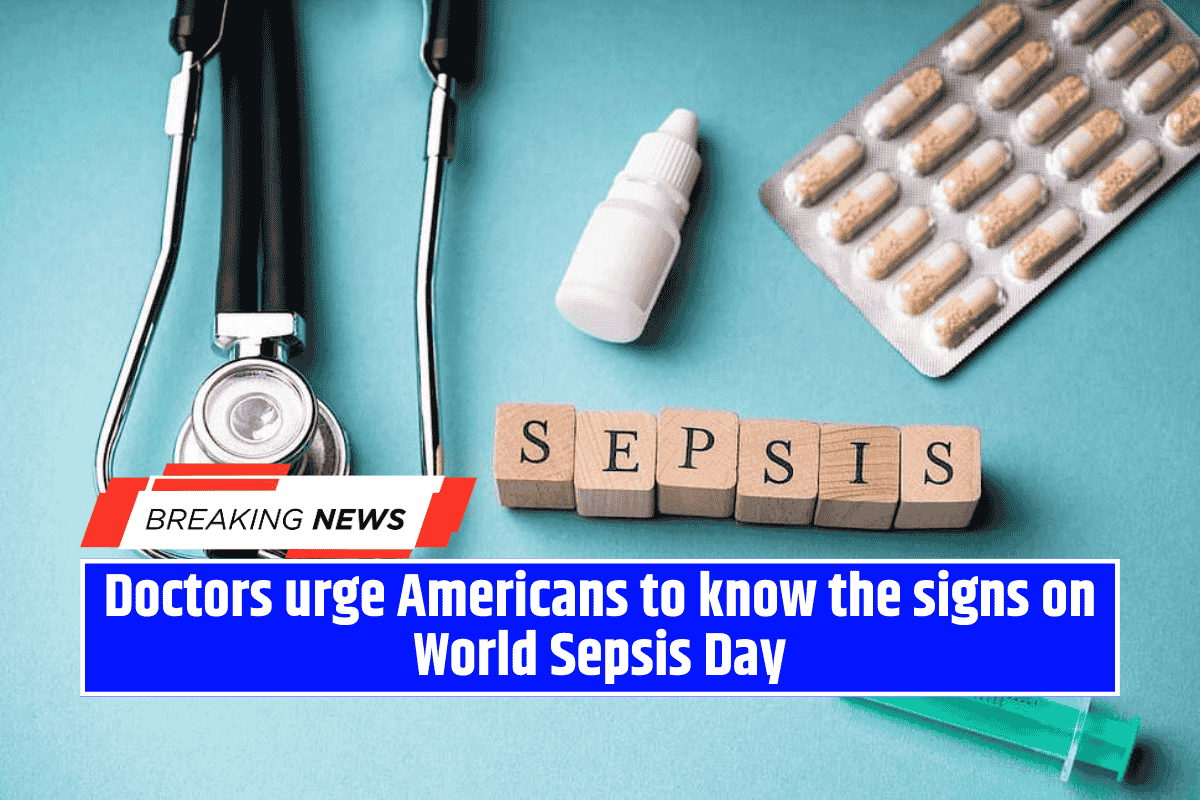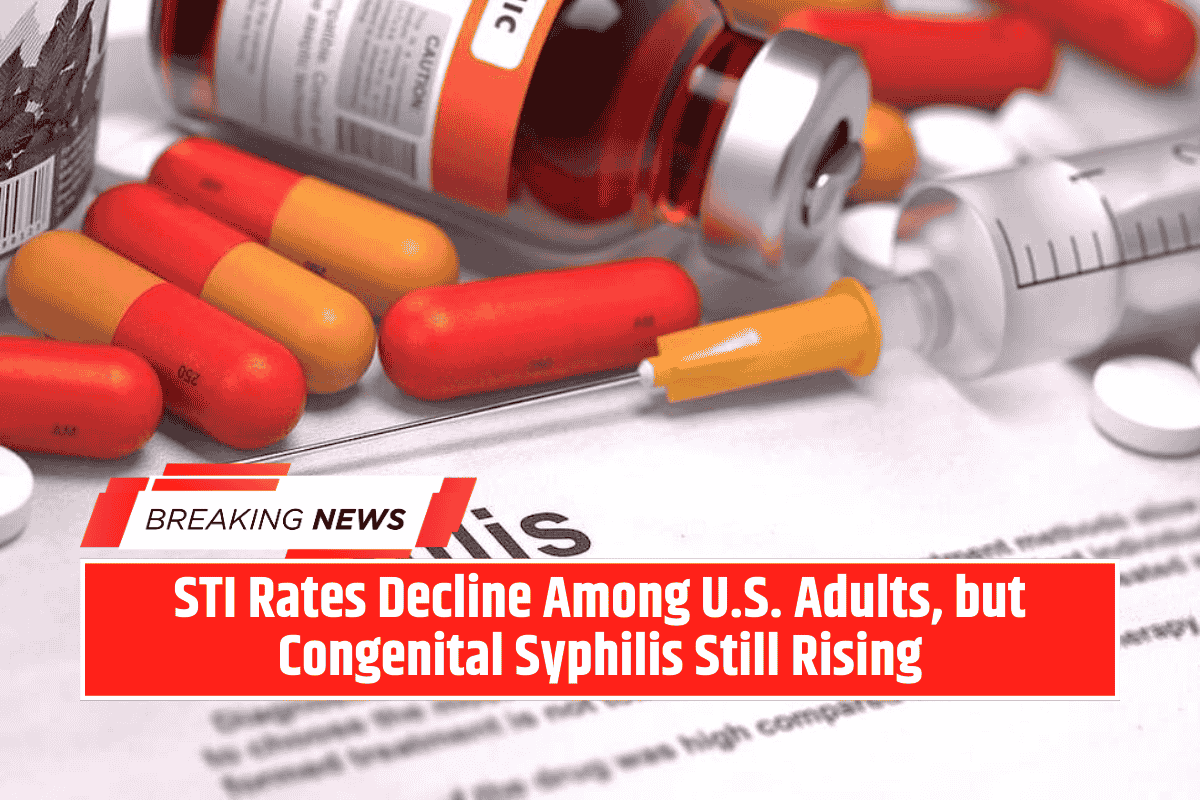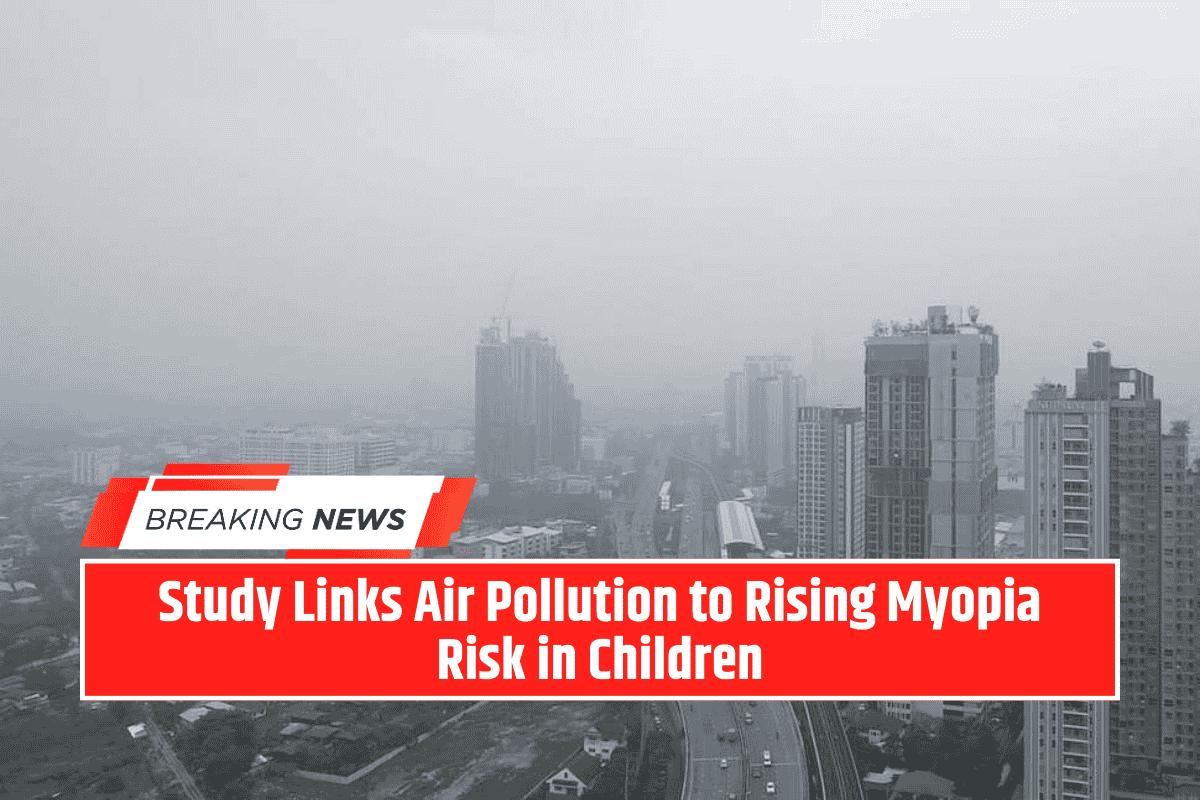On World Sepsis Day, health experts remind Americans about the critical impact of sepsis, a life-threatening condition that affects 1.7 million people in the U.S. each year, leading to over 350,000 deaths.
Despite these alarming statistics, many are unaware of the signs and risks of sepsis, which can rapidly escalate into a fatal condition if not recognized and treated promptly.
What is Sepsis?
Sepsis is an extreme reaction of the body’s immune system to infection. When the body’s immune response goes awry, it can lead to widespread inflammation, which damages vital organs and can ultimately result in death. This severe condition can be triggered by even a minor infection.
Early Warning Signs of Sepsis
Recognizing the symptoms of sepsis early can save lives. Dr. Faisal Masud, medical director of critical care at Houston Methodist, emphasized that symptoms may include rapid breathing, elevated heart rate, fever, chills, and a sudden drop in blood pressure. Prompt communication with healthcare professionals is crucial for early diagnosis and intervention.
The T.I.M.E. Acronym for Recognizing Sepsis
Doctors recommend using the acronym T.I.M.E. to identify sepsis:
- T stands for temperature change (fever or chills)
- I stands for infection (or a known infection site)
- M stands for mental status change (confusion or disorientation)
- E stands for extremely ill feeling (a sense of being severely unwell)
If any of these signs are present, it is essential to seek immediate medical attention.
Who is at Higher Risk for Sepsis?
Certain groups face a higher risk of developing sepsis, including:
- Children under age 1
- Elderly individuals
- People with chronic illnesses such as diabetes, kidney disease, liver disease, or cancer
- Those with weakened immune systems
The Urgency of Treatment
Sepsis is a medical emergency that requires urgent treatment. Typically, treatment includes antibiotics and IV fluids to combat the infection and stabilize the body’s functions. Early intervention can make the difference between life and death.
The Importance of Communication with Healthcare Providers
Dr. Masud stresses that anyone experiencing symptoms should not hesitate to communicate with a medical professional, especially in emergency situations. Asking healthcare providers, “Do I have sepsis?” can lead to faster diagnosis and life-saving treatment.









